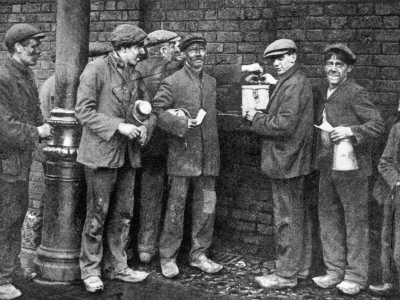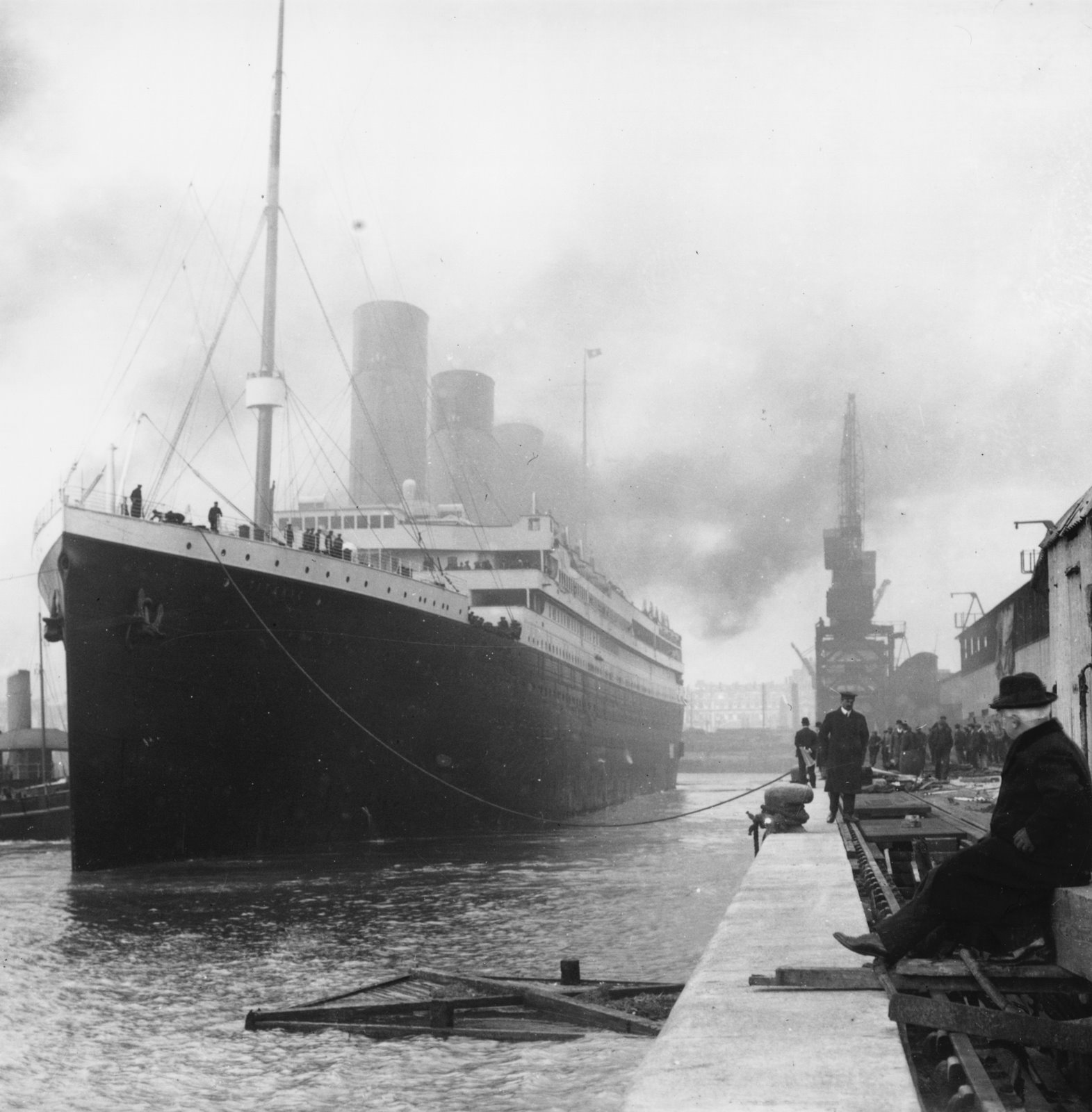The Queen of the Seas: Then and Now
/Even before her maiden voyage from Southampton to New York, the RMS Titanic was sometimes called the Queen of the Seas. She was the largest and most elegant ocean liner in the world, and would surpass all other ocean-going passenger ships in size, speed, and luxury. Tragically, she collided with an iceberg on her debut voyage and sank, killing over 1500 passengers and crewmembers. Today, a new Queen makes regular transatlantic crossings. The RMS Queen Mary 2, built in 2003, is the only ocean liner in service between Southampton and New York, and has claimed the title of the largest ocean liner ever built, once held by Titanic. At 1,132 feet long, the Queen Mary 2 surpasses Titanic's length of 882.5 feet by 249.5 feet.

Cunard's Queen Mary 2
Designed to be an ocean liner, the QM2 was built using 40% more steel than most of today’s cruise ships. Her top speed is 30 knots, with a cruising speed of 26 knots. In comparison, Titanic’s maximum speed was between 24 and 25 knots.
Instead of running on coal-powered steam as Titanic did, the Queen Mary 2 has a propulsion system including 4 diesel engines and 2 gas turbines.
What are some other comparisons between the Queen Mary 2 and the Titanic?
Passengers and Crew
Titanic was capable of carrying 3,547 passengers and crew. On her maiden voyage, approximately 2,208 were aboard, including 885 crew members.
The Queen Mary 2 has a passenger capacity of 2,695 and carries 1,253 crew members.
Decks
Titanic had 9 decks. The QM2 has 14 passenger decks with 18 total decks.

Passengers stroll near lifeboats aboard Titanic

A view of some of QM2's decks as the ship navigates New York Harbor
Dining
The Titanic had three large dining rooms, one for each class. The Parisian Café and Veranda Café were also available to first class passengers.

Titanic's first class dining saloon
The Queen Mary 2 has 15 restaurants and bars for the use of all passengers.

The Britannia Restaurant aboard Queen Mary 2
Entertainment
Most of Titanic’s passenger facilities (swimming pool, Turkish baths, gymnasium, squash court) were for first class passengers only. First and second class each had their own library, and smoking rooms for men only. Reading and writing rooms were available for the ladies. Third class passengers could use the General Room for conversation, games, and music.
The QM2 boasts an unprecedented number of activities for its passengers, including dancing in the largest ballroom at sea, 5 swimming pools, sports and fitness activities, a planetarium, children’s program, singers, dancers, and comedians, and a full-service spa.
Lifeboats
Titanic carried 20 lifeboats, with a total capacity of 1,178. Following the disaster, new maritime laws required all sea-going vessels to have enough lifeboats for every passenger and crew, plus one-third.

Lifeboats aboard Titanic
The Queen Mary 2 life-saving equipment consists of two fast 6-person rescue boats (up to 25 knots), 14 150-person semi-enclosed lifeboats (6 knots), and eight 150-person combination tender/lifeboats. In addition, the ship has life rafts with a capacity of 37 persons each.

Lifeboats on Queen Mary 2
Cost
The cost of a third class ticket on Titanic, in today’s prices, would run from $298 - $793.
Queen Mary 2 offers several different prices for a one-way voyage from New York to Southampton, depending on the type of room. A standard inside cabin starts at $1,099 per person.
Photo credits: Cunard.com, Encyclopediatitanica.com



